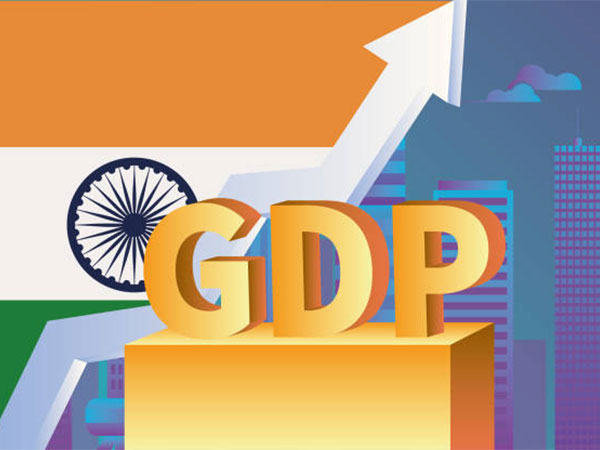The World Bank has revised its growth forecast for India from 6.6 per cent to 7 per cent for the fiscal year 2025. This upward revision reflects India’s resilience in the face of challenging global economic conditions. The report, titled India’s Trade Opportunities in a Changing Global Context, highlights India’s status as the fastest-growing major economy, with a growth rate of 8.2 per cent in the fiscal year 2023/24. This growth was driven by significant public infrastructure investments and a surge in household investments in the real estate sector.
The buoyant manufacturing sector, which expanded by 9.9 per cent, and resilient services activity played crucial roles in offsetting the underperformance of the agriculture sector. Urban unemployment rates have shown gradual improvement, particularly among female workers, with a decrease to 8.5 per cent in early fiscal year 2024/25. However, urban youth unemployment remains high at 17 per cent. India’s foreign exchange reserves have reached a record high of USD 670.1 billion in early August, bolstered by a narrowing current account deficit and strong foreign portfolio investment inflows.
Despite global economic headwinds, the World Bank remains positive about India’s outlook, projecting growth to remain strong at 7 percent in fiscal year 2024/25 and continue robustly through fiscal year 2026/27. The report also anticipates a decline in India’s debt-to-GDP ratio from 83.9 per cent in fiscal year 2023/24 to 82 per cent by fiscal year 2026/27, alongside a stable current account deficit of around 1-1.6 per cent of GDP over the same period. The report emphasizes the critical role of trade in sustaining and boosting India’s economic growth.
The global trade environment has become increasingly protectionist, but the reconfiguration of global value chains following the COVID-19 pandemic presents significant opportunities for India. India’s efforts to enhance its competitiveness through the National Logistics Policy and various digital initiatives aimed at reducing trade costs are highlighted in the report. However, rising tariff and non-tariff barriers could potentially limit the effectiveness of trade-focused investments.
To achieve its goal of USD 1 trillion in merchandise exports by 2030, the report recommends a three-pronged approach: reducing trade costs further, lowering trade barriers, and deepening trade integration. India’s share in global apparel exports has declined from 4 per cent in 2018 to 3 per cent in 2022, largely due to rising production costs and declining productivity. The report suggests that India can create more trade-related jobs by integrating more deeply into global value chains, which will also create opportunities for innovation and productivity growth.
Auguste Tano Kouame, World Bank’s Country Director in India, stated that India’s robust growth prospects, along with declining inflation, will help reduce extreme poverty. To boost growth further, India can harness its global trade potential by diversifying its export basket and increasing exports in sectors such as textiles, apparel, footwear, electronics, and green technology products. Kouame emphasized the importance of reducing trade costs, lowering trade barriers, and deepening trade integration to achieve this ambitious goal.











